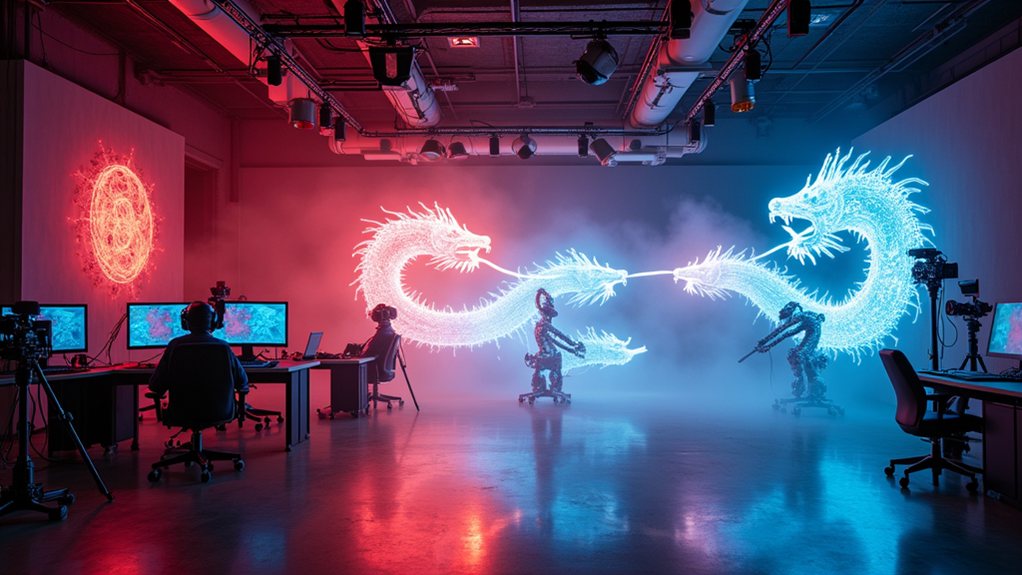NVIDIA’s recent GPU price hike is giving both AI nerds and gamers heartburn—and sticker shock. The RTX 4090, once pitched at an “affordable” $1,599, now sells for up to 73% over MSRP. Blame it on supply chain chaos, tariffs, and that old villain, capitalism. Retailers know enthusiasts will pay top dollar for that glorious ray tracing. The result? Getting a cutting-edge GPU feels almost as rare as finding a shiny Charizard. Want the inside scoop? Keep going.
Even in a world where everything seems to get more expensive (looking at you, coffee), the recent surge in NVIDIA GPU prices has left tech enthusiasts doing double-takes at their online shopping carts. The RTX 4090, for example, apparently thinks it’s a luxury item now, flaunting price tags that would have made last year’s high-end GPUs blush.
NVIDIA’s latest GPUs are so pricey, even the RTX 4090 seems to think it belongs in a luxury boutique, not a PC build.
It’s not just sticker shock—there are real forces at play behind these price hikes. Nvidia cards excel in ray tracing and tend to be pricier than AMD counterparts, helping explain why premium features continue to command higher prices.
Let’s break it down:
- End-of-life for older GPUs: When NVIDIA waves goodbye to a model, it’s like a collector’s item overnight—scarcity drives up the price faster than a dog chasing a squirrel.
- Inventory woes: Fewer units on shelves means retailers can almost smell your desperation. They’re not shy about adjusting prices accordingly.
Add in tariffs and taxes, and suddenly, GPUs in some regions cost almost as much as a used car. Not that you’d want to game on a Honda Civic, but you get the point.
Then there’s the anticipation factor: rumors of a new GPU series have buyers and sellers playing a high-stakes waiting game, with prices see-sawing as everyone hedges their bets.
The law of supply and demand is alive and well, possibly doing squats at the gym. Demand for gaming and AI keeps climbing, while supply chain hiccups (thanks, global economy) have made the latest silicon chips feel rarer than concert tickets for Taylor Swift. Currently, even the RTX 4090 is selling at a premium of 73% over its MSRP, a stark indicator of just how volatile the {GPU market} has become.
Consumers, meanwhile, have feelings—lots of them. Frustration is rampant. Some are scouring for refurbished or last-gen cards. Others are crossing their fingers for a holiday sale miracle, only to find prices mysteriously spiking just before Black Friday. Coincidence? Unlikely.
Retailers aren’t above playing games of their own, offering exclusive pricing to loyalty program members, or encouraging price comparisons that feel more like scavenger hunts.
In the end, NVIDIA’s pricing ripple is shaking up the whole industry. Gamers and AI aficionados are left weighing their options, wondering if they should splurge now, wait for the next big thing, or just make peace with their old hardware—at least until coffee gets cheaper.









